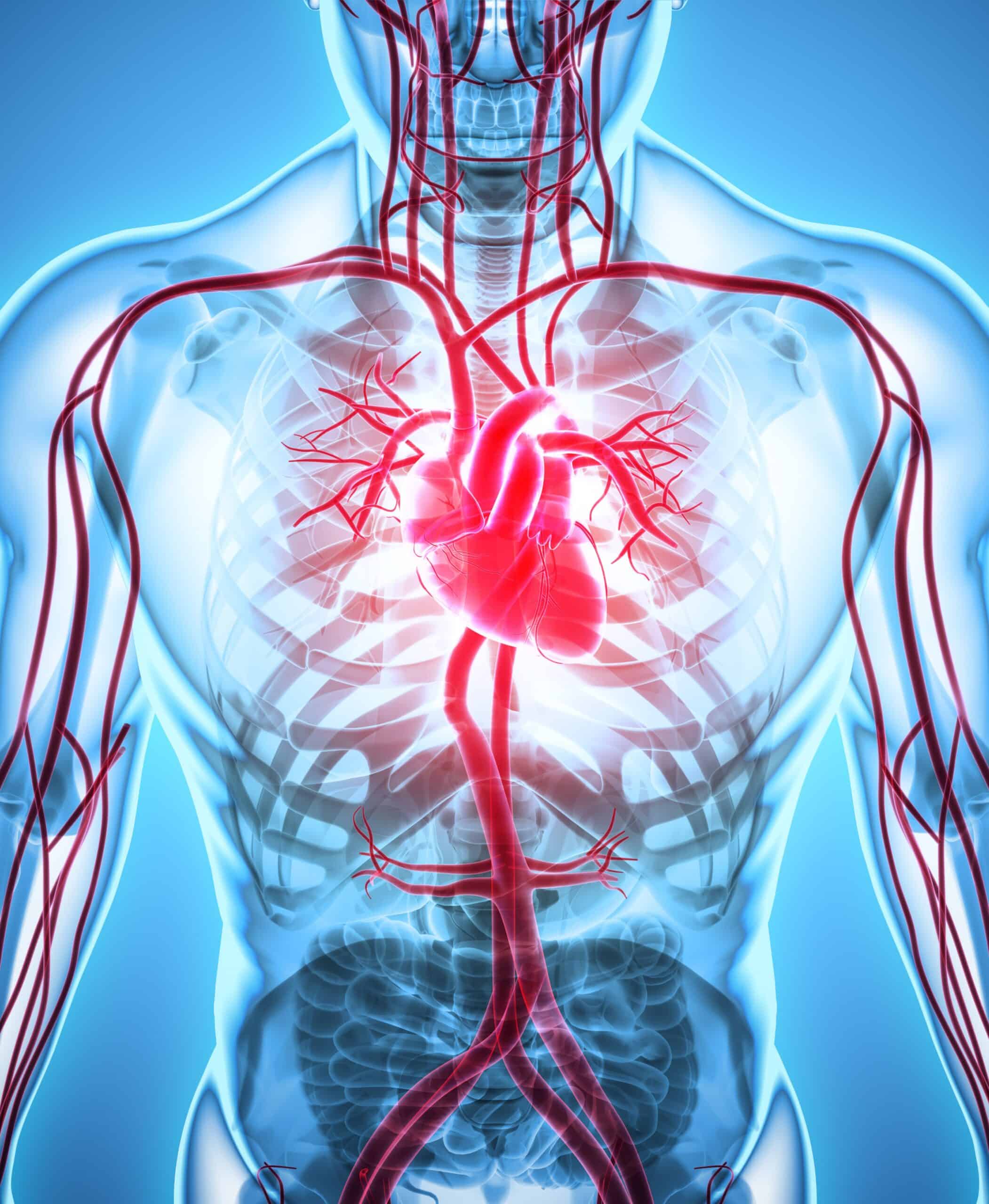Average HRV score can range between around 59-100 bpm, over 100 is considered to be too fast and is referred to as tachycardia, how this arrhythmia is defined depends on age and physical condition. Atrial or SVT is a fast heart rate starting in the upper chambers of the heart, with these electrical signals in the heart upper chambers fire abnormally interfering with electrical impulses coming from the sinoatrial node. Disruption results in faster than normal heart rate which keeps the heart chambers from filling completely between contractions that compromises blood flow to the rest of the body.
Those that are most likely to have atrial of supraventricular tachycardia include children, women more so than men, anxious young people, those who are physically fatigued, those who drink large amounts of coffee, those who drink alcohol, and those who smoke. Atrial/ST is associated less commonly with heart attack and mitral valve disease.
Some patients may have no discernible symptoms while others may experience fainting, lightheadedness, dizziness, rapid heartbeat, palpitations, fluttering in the chest, bounding pulse, chest pressure or tightness/pain/angina, shortness of breath, and fatigue; extreme cases may experience unconsciousness and cardiac arrest.
It is possible to have atrial or SVT and not need treatment, but if episodes are prolonged or recur often a doctor may recommend carotid sinus massage; pressing gently to massage closed eyes; valsalva maneuver; using the dive reflex; sedation; cutting down on caffeinated substances; avoiding alcohol; avoiding tobacco; and getting more rest.
Ventricular tachycardia is a fast heart rate starting in the heart’s lower chambers, this type of arrhythmia can be well tolerated or life threatening; seriousness depends largely on whether other cardiac dysfunction is present and on the degree of ventricular tachycardia. These cases involve electrical signals in the heart’s lower chamber firing abnormally interfering with electrical pulses coming from the sinoatrial node resulting in a faster than normal heart rate that keeps the chambers from filling completely between contractions compromising blood flow ti the rest of the body.
Ventricular tachycardia is associated with disorders that interfere with the heart’s electrical conduction system and causes can include lack of coronary artery blood flow; cardiomyopathy; medications; illicit drugs; sarcoidosis. Symptoms can vary such as dizziness, palpitations, nausea, shortness of breath, lightheadedness, unconsciousness, and cardiac arrest in extreme cases. Treatment options are affected by causes, possible options include medications, surgery, radiofrequency ablation, and electrical defibrillation in extreme cases.
Sinus tachycardia is a normal increase in heart rate in which the sinoatrial node sends out electrical signals faster than usual, although the heart rate is faster the heart beats properly. This may be caused by fright, anxiety, fever, stress, strenuous exercise, severe emotional distress, medications, and illicit drugs.
Normal arterial oxygen is around 75 to 100 millimeters of mercury; values under 60 mmHG typically indicate need of supplemental oxygen. Normal pulse oximeter readings range from 95-100%, values under 90% are typically considered to be low.
Below normal levels of oxygen in the blood, especially in the arteries can lead to hypoxemia. This is sign of problems related to breathing or circulation and can result in various symptoms such as shortness of breath. Hypoxemia is determined by measuring oxygen in blood taken from an artery, and can also be estimated by measuring oxygen saturation of blood using a pulse oximeter.
To continuously supply cells and tissues in the body with oxygen several factors are needed including there being enough oxygen in the air being inhaled; the lungs being able to inhale oxygen containing air and exhaling carbon dioxide; and the blood stream must be able to circulate blood to the lungs to take up the oxygen to carry throughout the body.
When there is a problem with any of these factors hypoxemia may occur, especially under extreme conditions such as illness, exercise, or high altitude. When blood oxygen falls below a certain level one may experience shortness of breath, headache, confusion, and restlessness. Common cause of hypoxemia include COPD, asthma, anemia, ARDS, congenital heart defects, emphysema, interstitial lung disease, medications, pneumonia, pneumothorax, pulmonary edema, pulmonary embolism, pulmonary fibrosis, sleep apnea.
You should see a doctor if you have shortness of breath while at rest or after mild exertion; shortness of breath that gets worse after being physically active; or experience abrupt awakenings with shortness of breath or a feeling of choking.
To help cope with chronic shortness of breath it is recommended to stop smoking and avoid being around passive second hand smoke, as well as making sure to get regular exercise. It may seem difficult to exercise while you are having difficulty breathing but regular exercise will improve overall strength and endurance.
“Healthcare professionals can measure heart rate variability and pulse oximetry via some of the some of the tests of functional biomarkers of aging using technology such as the Agemeter. Comparing these values to the other biomarkers measured provides the opportunity for a contextual assessment of heart rate variability and oxygen saturation within a person’s overall functionality. An estimated function age is provided after the tests are completed as well as a percentile ranking for each test result. Determining how young or old a person functions is the way to validate the results of biochemical and genetic biological age tests and whether aging intervention therapies are working.” ~Elliott Small, President and Founder of Centers For Age Control Inc.




